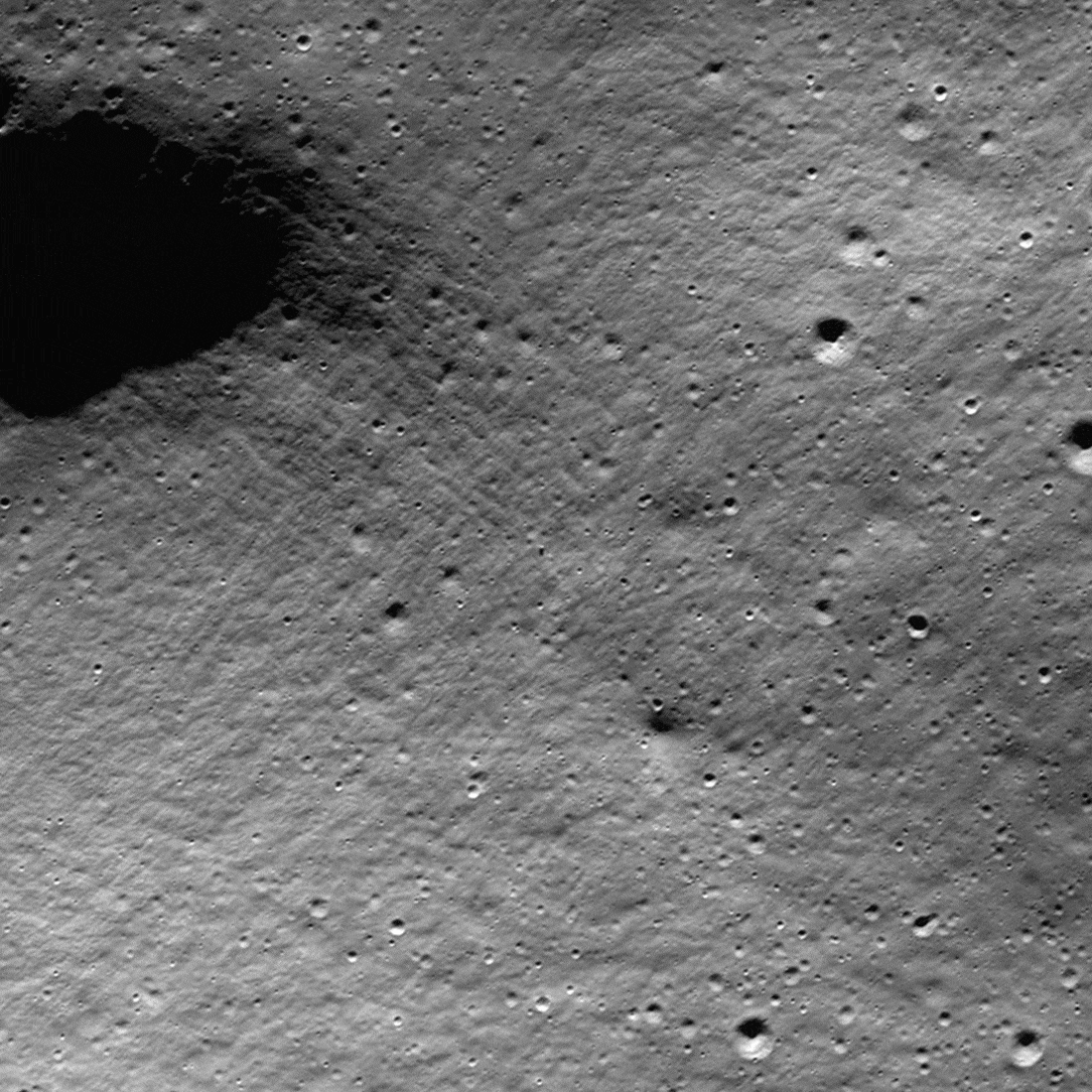In a groundbreaking development, NASA’s orbiter has successfully captured the first-ever image of the tilted Odysseus spacecraft on the lunar surface. This significant achievement marks a milestone in space exploration and offers valuable insights into the conditions of the spacecraft and its surroundings on the Moon.
Odysseus Spacecraft Overcomes Tilt, Lands Successfully on Moon
The Odysseus spacecraft, launched by NASA as part of a pioneering mission to explore the Moon’s terrain, had encountered a tilt during its descent and landing phase. Despite the unexpected deviation from its intended orientation, the spacecraft successfully touched down on the lunar surface, sparking curiosity and interest among scientists and space enthusiasts worldwide.
NASA’s orbiter, equipped with state-of-the-art imaging technology, was tasked with capturing high-resolution images of the lunar landscape, including the Odysseus spacecraft. After meticulous planning and precise maneuvering, the orbiter successfully captured the historic image, providing researchers with a detailed view of the spacecraft’s position and condition on the Moon.
The image reveals the Odysseus spacecraft resting on the lunar surface at a noticeable angle, with its solar panels deployed and its scientific instruments visible. The spacecraft’s tilt suggests possible challenges in its operational capabilities and raises questions about its stability and functionality in its current position.
NASA Analyzes Image Data to Evaluate Odysseus Spacecraft’s Condition
Scientists and engineers at NASA are now analyzing the image data to assess the condition of the Odysseus spacecraft and evaluate potential strategies for reorienting or stabilizing it on the lunar surface. Understanding the spacecraft’s status and capabilities is crucial for maximizing its scientific potential and ensuring the success of future missions to the Moon.
The discovery of the tilted Odysseus spacecraft opens up new avenues for research and exploration in the field of lunar science. By studying the spacecraft’s position and surroundings, scientists can gain valuable insights into the geological features and environmental conditions of the lunar surface, enhancing our understanding of the Moon’s formation and evolution.
Furthermore, the successful capture of the image underscores the importance of space exploration and technological innovation in advancing our knowledge of the cosmos. NASA’s continued efforts to explore and study the Moon pave the way for future manned missions and long-term human presence on the lunar surface, opening up new frontiers in space exploration and discovery.
As NASA’s orbiter continues to orbit the Moon and capture images of the lunar landscape, scientists eagerly await further insights into the mysteries of the Moon and the remarkable discoveries that lie ahead. The historic image of the tilted Odysseus spacecraft serves as a testament to human ingenuity and the enduring spirit of exploration that drives humanity’s quest to unravel the secrets of the universe.
